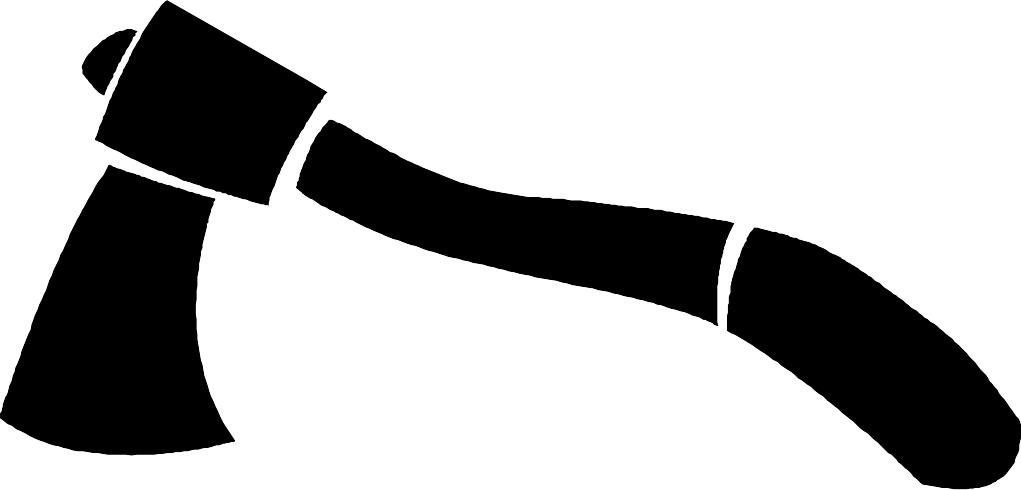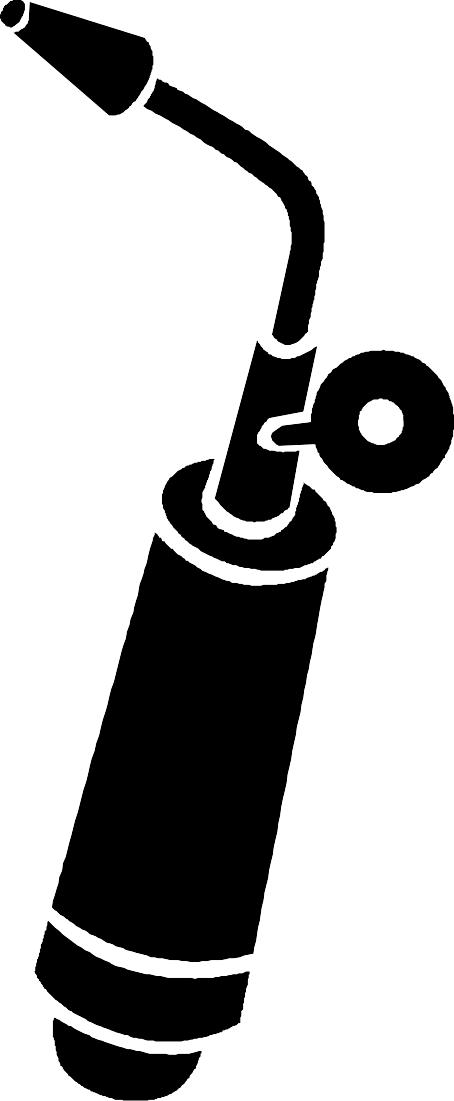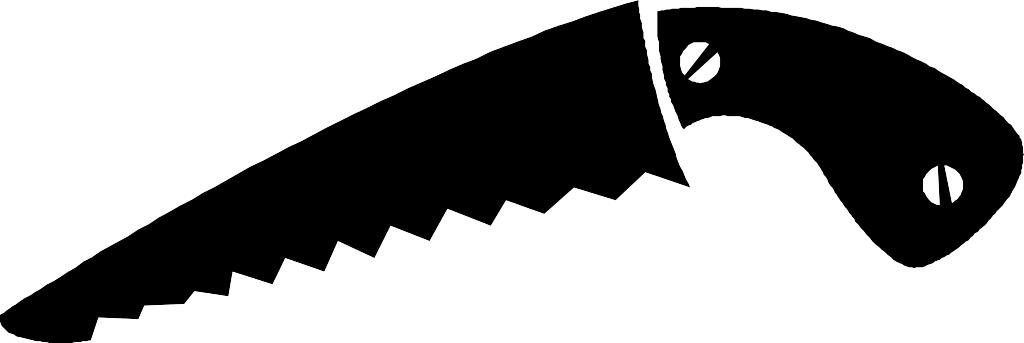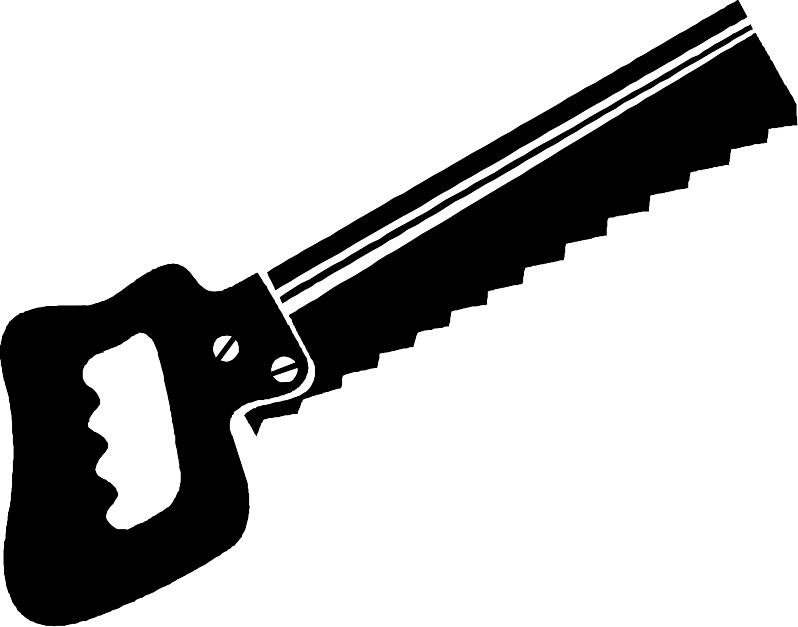
- •Аннотация
- •Содержание
- •I. Read and translate the text “Building Materials” Building Materials
- •Vocabulary
- •II. Answer the questions
- •Vocabulary
- •Vocabulary
- •II. Make up your own sentences with the vocabulary
- •III. Put all types of questions to the sentence Concrete must be thoroughly worked into the forms
- •I. Translate the texts
- •II. Read and translate the text
- •Vocabulary
- •Exercises
- •Exercise 8. Remake the sentences using Passive Voice like shown in the example: We often speak about him – He is often spoken about.
- •I. Read and translate the text sand
- •Vocabulary
- •II. Make up your own sentences with the vocabulary
- •III. Answer the questions
- •IV. Complete the sentences
- •V. Agree or disagree with the following statements
- •VI. Write down all the properties that sand has
- •VII. Retell the text “sand”
- •I. Read and translate the text copper
- •Vocabulary
- •Implement - инструмент
- •Virtue - достоинство
- •II. Make up your own sentences with the vocabulary
- •III. Answer the questions
- •IV. Complete the sentences
- •Modern Building Materials (part a)
- •Vocabulary
- •Valuable - ценный
- •Interior - интерьер
- •Veneer - шпон
- •II. Answer the questions
- •III. Make up your own sentences with the vocabulary
- •IV. Complete the sentences
- •V. Agree or disagree with the statements
- •I. Read and translate the text Modern Building Materials (part a)
- •Vocabulary
- •Vast – громадный, обширный
- •Insulator – проводник
- •Vapor – пар
- •II. Answer the questions
- •III. Make up your own examples with the vocabulary
- •IV. Complete the sentences
- •V. Agree or disagree with the following statements
- •VI. Put all types of questions to the sentences
- •VII. Read and translate the text
- •VIII. Write a report on the topic “Modern Building materials”
- •IX. Retell your report
- •Exercises
- •I. Read and translate the text nickel
- •Vocabulary
- •Platinum
- •Vocabulary
- •I. Read and translate the text Building Professions
- •Vocabulary
- •II. Make up your own sentences with the vocabulary given above
- •III. Answer the questions
- •Exercises
- •I. Read and translate the text
- •Vocabulary
- •Victim – жертва
- •Vocabulary
- •VI. Retell the text unit 4
- •I. Read and translate the text
- •Vocabulary
- •Invention – изобретение
- •II. Make up your own sentences with the vocabulary
- •III. Answer the questions
- •IV. Complete the following sentences
- •V. Make up a dialogue on the basis of this text
- •VI. Put all types of the sentences
- •VII. Retell the text grammar: gerund
- •Active Voice
- •Indefinite — reading
- •Passive Voice
- •Indefinite — being read
- •Exercises
- •I. Read and translate the text
- •Vocabulary
- •Vocabulary
- •Invention – изобретение
- •Valuable – ценный
- •VI. Name the properties that asbestos has
- •VII. Retell the text unit 5
- •I. Read and translate the text Hand Tools
- •Vocabulary
- •Vice - тиски
- •Engineering Components
- •Vocabulary
- •Active voice
- •Passive voice
- •Exercises
- •I. Read and translate the text
- •Vocabulary
- •VI. Name the properties that silver has
- •VII. Retell the text
- •I. Read and translate the text
- •Vocabulary
- •The Art Of Building
- •Vocabulary to protect - защищать
- •Interior - внутренний
- •The art of building has changed greatly
- •Modern architecture is mainly the architecture of steel and concrete
- •High scale of Construction
- •Vocabulary
- •II. Make up your own sentences with the vocabulary given above
- •III. Answer the questions
- •Exercises
- •I. Read and translate the text
- •Vocabulary
- •Vocabulary
- •Список используемых материалов литература
- •Интернет источники
Vocabulary
Invention – изобретение
actually – на самом деле
temple – храм
to torch – освещать
wick – фитиль
to protect – защищать
to lit – зажигать
to preserve – хранить
ash – пепел
tablecloth – скатерть
to launder – стирать
to burn off – выжигать
stain – пятно
strength – прочность
fiber – волокно
Valuable – ценный
to spin – прясть
thread – нить
sheet – полотнище
II. Answer the questions
What do many people think about asbestos?
How was asbestos used in ancient temples?
How did the Romans use asbestos 2000 years ago?
What is a legend of Charlemagne about?
How is it applied now?
What do asbestos consist of?
Who wears complete outfits made of asbestos?
Where is asbestos found?
III. Make up your own sentences with the vocabulary
IV. Complete the sentences
Many people think asbestos is …
The Romans used asbestos 2000 years ago for …
Asbestos is a Greek word that means …
From the chemical point of view, asbestos usually consists of …
… can be spun into yarn or thread.
Asbestos can withstand temperatures of …
V. Agree or disagree with the statements
Many people think asbestos is an old invention.
The Romans used asbestos 2000 years ago for winding sheets to preserve the ashes of the dead when bodies were cremated.
Asbestos is a Latin word that means “inextinguishable” or “unquenchable”. From the chemical point of view, asbestos usually consists of limestone and water.
Because it is made up of fibers, asbestos is similar to cotton and wool.
Workers in plants who are exposed to risks of fire sometimes wear helmets, gloves, suites, and boots made of asbestos.
Asbestos is found in veins in certain types of rocks and …
VI. Name the properties that asbestos has
VII. Retell the text unit 5
LEXICAL MATERIAL: ENGINEERING COMPONENTS
I. Read and translate the text Hand Tools
In all professions and trades the beginner must first acquaint himself with the various tools he will meet and must also learn their different forms and uses. The working place of the tradesman is a specially designed table with vice and drawing boxes to keep tools. The vice is secured to the table and is used to hold an object in position.



To these tools belong: hammers, chisels, pliers, files, spanners, screwdrivers, various marking and measuring tools, etc. Hammers are classed as hand hammers, sledgehammers and special hammers.



The hammer consists of a head, which is fitted to a wooden handle. The length of a handle depends on the weight of the hammer. Pliers are used for gripping or holding small objects by manual operation. The most common type is the plain type of the pliers. Spanners are used for tightening up or unscrewing of nuts and bolts. There are two types of open-jaw spanners: the single-ended and the double-ended.
Vocabulary
to acquaint - ознакомляться
Vice - тиски
drawing box - выдвигающийся ящик
to securе - закреплять, обеспечивать
hammers - молоток
hand hammers - молоток-ручник
sledgehammers - кувалда
chisels - нож-стамеска, долото, зубило, резец
pliers - клещи, пассатижи
files - напильник
spanners - гаечный ключ
screwdrivers - отвертка
measuring tools - приборы измерения
wooden handle - деревянная ручка
gripping - захватывание
tightening up - закрепление
unscrewing - отвинчивание, выкручивание
II. Make up your own sentences with the vocabulary given above
III. Answer the questions
What do the beginner in all professions and trades must do first?
What is the working place of the tradesman?
What is the vice?
How are hammers classed?
What does the hammer consist of?
What are pliers used for?
What is the most common type of pliers?
What are spanners used for?
What are the two types of open-jaw spanners?
VI. Complete the sentences
In all professions and trades the beginner must ….
The working place of the tradesman is ….
… is used to hold an object in position.
To these tools belong ….
Hammers are classed as ….
The hammer consists of ….
Pliers are used for ….
Spanners are used for …
V. Make up a dialogue with your group mate. One of you is a student that is having a practice course, the other one is a tutor. The practice course is over and the tutor asks questions to the student about some hand tools; the student is to answer the questions giving all information he/she can.
***
I. Read and translate the text
